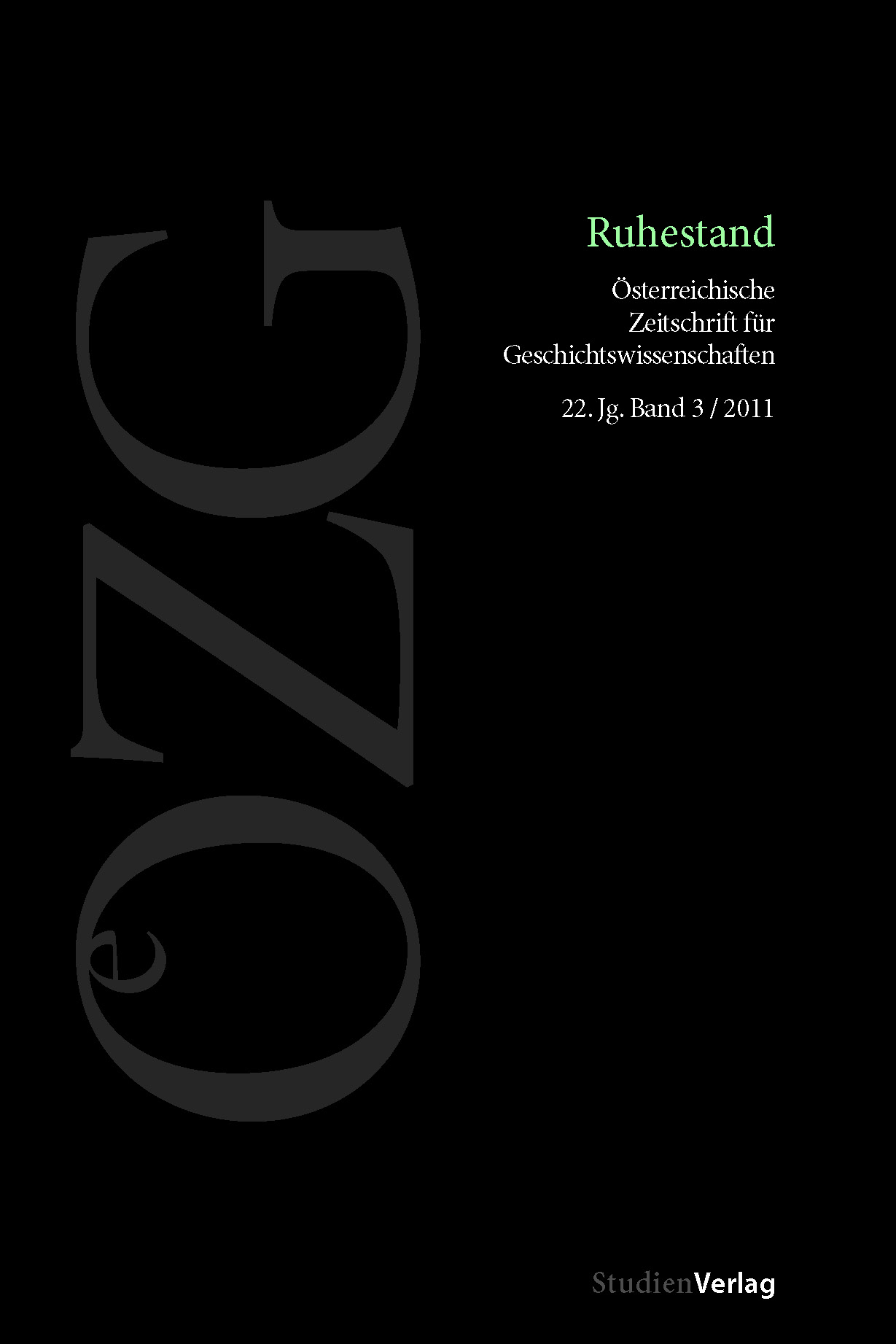Arbeit und Alter in Österreich um 1900
Merkmale, Bedingungen und Begrenzungen der Erwerbstätigkeit im Alter vor Etablierung einer Ruhestandsphase
DOI:
https://doi.org/10.25365/oezg-2011-22-3-3Schlagworte:
old age, labour force participation, labour market, life course, early retirementAbstract
During the 20th century ‚retirement‘ became a constitutive pattern of ‚old age‘ in western industrialized societies. Although sometimes classified as a recent phenomenon, the decline of labour force participation rates of elderly people is a long-term trend starting at the end of the nineteenth century. How did it come that ‚age‘ and ‚work‘ are seen as an antagonism? There is a lack of convincing answers in how to explain this long-term trend. Based on statistics from the Censuses since 1890 and on statistical data on the age structure of the work force of individual industrial companies and economic sectors the article reconstructs the long-term trend of declining labour force participation rates of the elderly for Austria. The study analyses the impact of average job tenure as well as common shifts over the life course between self-employment and wage employment. The results indicate that the proportion of the workforce over 50 years of age was quite minimal in many industrial sectors. Especially in larger companies, an individual worker’s average term of employment was far lower than after 1945. Wage-earning employees clearly dominated in the younger age groups, but self-employment came to the fore with increasing age, so that by approximately age 40, a majority of men were self-employed.


